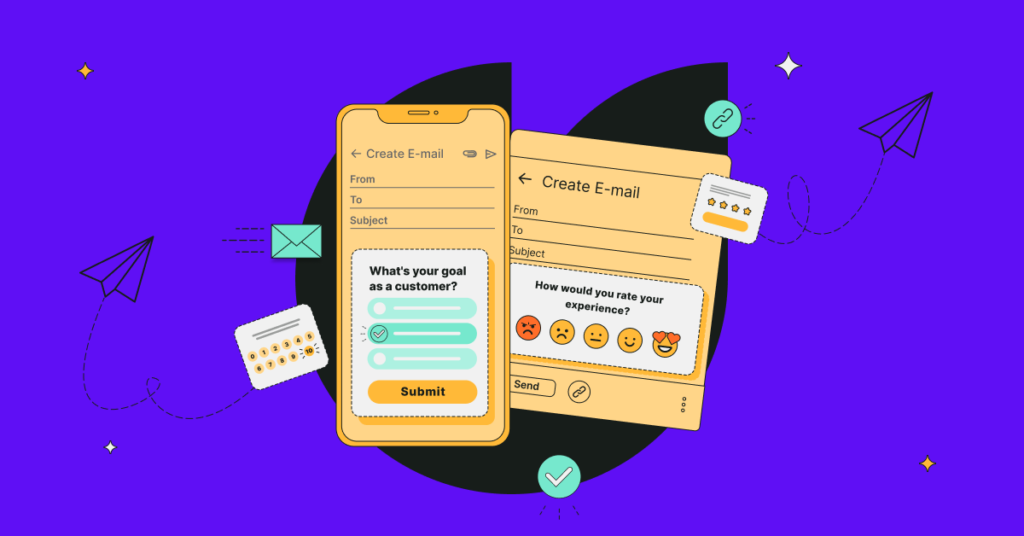Any survey requires a lot of thinking before it is created. You’ll be more likely to receive the most accurate findings and the highest response rates on surveys if you do it this way. The term “research design” refers to the process of carefully designing your survey. It refers to the research’s framework of market research methodologies and procedures. So, in this article, we’ll take a deeper look at research design and the many forms of survey research design.
What is Survey Research Design?
According to the American Psychological Association’s terminology, “a strategic plan outlining the processes to be followed during a study to generate reliable findings, with specific care given to participant selection and assignment to conditions, data collection, and data analysis.”
The design phase of every survey determines which tools to use and how to use them. The problem or difficulty that an organization is experiencing will inform the study design, not the other way around while doing research.
Key elements of Survey Research Design
Because all forms of research designs have some traits, these are the top aspects that every excellent design should include or at least touch on.
1. Purpose:
This ensures that everyone engaged in the study is on the same page about the survey’s purpose.
2. Implementation techniques:
This might refer to whether the survey will be performed via phone, in-person, online, or other types of survey methods.
3. Demographics:
Who are we expecting to poll? The overall public or a particular market sector (age, race, marital status, income, education, etc.)
4. Question Neutrality:
Researchers must make assumptions about the data they anticipate obtaining while designing a survey. However, questions must be constructed in such a way that they do not add survey bias into the study.
5. Types of Survey Questions:
Will there be open-ended, multiple-choice, or Likert-scale questions? Because there are so many different methods to ask questions in a survey, researchers should decide this ahead of time. Using a variety of questions is, of course, an option.
6. Possible Participates Objections:
Why would someone refuse to take part in research or survey? By identifying potential explanations ahead of time, researchers can eliminate them.
7. Environmental Settings:
This relates to where the research will take place physically and socially, such as in a lab or focus group room, or on the street.
8. Timeline for Completion:
How long will the research take? Will it be a brief cross-sectional research design survey or a long-term longitudinal study, for example?
9. Validity of Results:
Identifying how researchers will guarantee that the data collection process has a low amount of survey bias to increase the research’s internal and external validity.
10. Reliability of Results:
When researchers do a study frequently, they come to expect identical results every time. As a result, the research design should specify how to formulate research questions to ensure that the quality of the results is maintained.
11. Security Concerns:
This is generally decided by the survey implementation strategy and looks at how researchers will protect participants’ replies.
12. Analysis and Measurement:
What kind of data analysis methods will be used? And how will you track and report your progress?
Characteristics of an excellent research design
Any study design is only valid if the results are trustworthy. Nonetheless, many businesses today make critical decisions based on shaky research. This is frequently due to a failure to account for various sorts of bias in research.
To obtain reliable data from your study, you must do all possible to shield your findings from bias and attain maximum neutrality.
In addition, the findings of your study should apply to the entire population, not just a small group. To make sure that’s the case, double-check your sample and include it in the probable margin of error just to be cautious.
Quantitative vs. Qualitative Research Design
Quantitative Research Design:
Quantitative research tries to provide answers to who, what, when, where, and how many questions.
Quantitative surveys’ results may readily be turned into figures, stats, graphs, and charts since they employ closed-ended questions. This is why companies frequently employ quantitative surveys to learn more about their consumers and make decisions based on the information gathered.
For example, you can simply quantify your client’s happiness on a scale of 1-10 using a quantitative survey like the NPS survey*.
Qualitative Research Design:
Qualitative research, on the other hand, seeks to answer questions about why and how something occurs.
Open-ended survey questions and highly detailed replies that are difficult to measure and represent through statistics are the most typical features of qualitative research. It’s an excellent technique to get more complicated data and investigate people’s ideas and behaviors.
It’s frequently used to generate ideas, make forecasts, and explain data.
If you want to understand more about the differences between the two types of design, we’ve put up a guide to assist you to decide whether to gather quantitative or qualitative data for your business research.
Fixed and Flexible Research Design
A contrast between fixed and flexible research design can also be drawn. These two study design methods are frequently used in conjunction with quantitative and qualitative data collecting.
The research design is pre-determined and understood with a set study design even before you begin collecting data. Flexible designs, on the other hand, provide for more flexibility in data collection — for example, you don’t provide fixed answer alternatives, so respondents must put in their own responses.
Research Design Types by Grouping
Another way to differentiate research design types is to look at just how participants are classified. In most cases, grouping is decided by the research hypothesis and the sampling method utilized.
In a normal experimental research design study, there is usually at least one experimental and one control group. For example, in medical research, one group may receive treatment while the other does not. You get the idea.
Based on participant categorization, we may define 4 types of research designs:
Cohort Study
The cohort study is a type of longitudinal research in which a group of people is sampled and a cross-section is taken at predefined intervals. It’s a type of panel study in which everyone in the group shares a common interest.
Cross-Sectional Study
A cross-sectional study is common in social science, medical research, and biology. This research method looks at data from a population or a sample of the population at a certain point in time.
Longitudinal Study
The longitudinal study is one in which the same variables are studied repeatedly over a long or short period of time. Observational research is the most common type, although it can also take the shape of a long-term randomized experiment.
Cross-Sequential Study
The purpose of cross-sequential study design is to compensate for some of the shortcomings inherent in both longitudinal and cross-sectional research methods.
Read more about: The Ultimate Guide to Feedback Surveys.
Conclusion
Any survey should start with a well-thought-out study design. The framework will then direct you on how to conduct the survey, formulate your questions, analyze the results, and much more. Check out SurveySlack once you’ve finished your research design. Online surveys look great, are safe, and can be started for free with SurveySlack.




